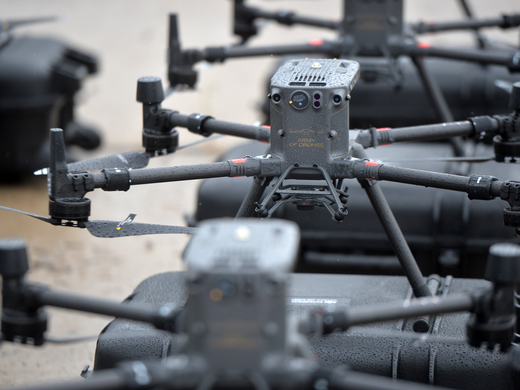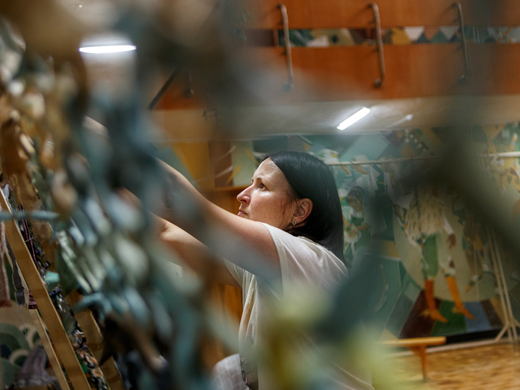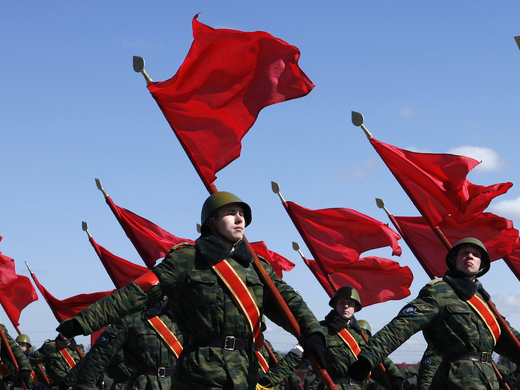The core purpose of liberal peacebuilding is to address the root causes of civil war in order to prevent its recurrence. Our project assesses the role of vertical integration in achieving this goal (or failing to). While vertical integration has strong normative appeal in relation to local ownership and democratic participation, it may prove difficult and costly for international actors to implement. The key question is thus: how much vertical integration is necessary for successful peacebuilding? This question invokes the root causes of conflict, the mechanisms by which violence may recur, and basic definitions of peacebuilding. In this blog post, I explain the underlying causes of conflict and potential mechanisms of a return to violence in Sierra Leone; my next post will consider two different definitions of peacebuilding success and the levels of vertical integration they entail.
The root causes of Sierra Leone’s 10-year civil war revolve around bad governance. The country’s Truth and Reconciliation Commission (TRC) concluded “that the central cause of the war was endemic greed, corruption and nepotism that deprived the nation of its dignity and reduced most people to a state of poverty. Successive political elites plundered the nation’s assets, including its mineral riches, at the expense of the national good… government accountability was non-existent. Institutions meant to uphold human rights, such as the courts and civil society, were thoroughly co-opted by the executive. This context provided ripe breeding grounds for opportunists who unleashed a wave of violence and mayhem that was to sweep through the country. Many Sierra Leoneans, particularly the youth, lost all sense of hope in the future. Youths became easy prey for unscrupulous forces who exploited their disenchantment to wreak vengeance against the ruling elite” (TRC, vol. 2: p. 27, arts. 13-17).[1]
Disturbingly, the TRC also found “that many of the causes of the conflict that prompted thousands of young people to join the war have still not been adequately addressed… [and] are potential causes of conflict, if they remain unaddressed” (TRC, vol. 2: p. 29 art. 37). While some progress has been made to remediate each of the causes identified above, they still remain persistent problems today: the deep patrimonialism of Sierra Leone’s political parties bolsters widespread political exclusion, a lack of public transparency, and corruption; basic human rights — particularly the positive rights to health, food, education and access to justice — remain largely unfulfilled due to the persistent weakness of state institutions; and the masses of youth remain disempowered and unemployed. The majority of the TRC’s recommendations have yet to be implemented by government.
But although the root causes of Sierra Leone’s civil war persist, they do not inevitably spell the recurrence of armed conflict; potential fighters must be convinced of the desirability of violence and mobilized to perpetrate it in an organized manner for the country to descend once again into war. There are presently three such mechanisms through which the persistent root causes of conflict might erupt into spiralling mass violence in the near future.
- Spiralling Electoral Violence: Several rounds of free and fair elections, as well as the transfer of power from the ruling party to the opposition, mark a clear break from Sierra Leone’s history of one-party rule. All elections, however, have been accompanied by incidents of violence. Politicians are known to hire ex-combatants and vulnerable youths as "task forces" that use violence as a form of voter intimidation, political competition and to contest electoral results, creating clear parallels with the abusive politics and mobilization of disenfranchised youth that generated the civil war (Christensen and Utas, 2008). So far, acts of electoral violence remain disorganized and isolated and politicians abandon their thugs after elections, but a major electoral controversy between the political parties could see violence between rival bands of thugs escalate towards renewed warfare.
- Drug Violence: West Africa is a growing transit point for cocaine from South America destined for Europe, and Sierra Leone —with its porous borders, weak enforcement capacity, and ocean coastline— is an important part of this chain. The country also produces marijuana for domestic consumption and export (DoS, 2012). While drug use (especially amongst youth) is a growing concern, Sierra Leone has so far avoided large scale drug violence. If drug traffic continues to expand, however, it could foster the emergence of large scale drug gangs competing violently for transit routes and distribution areas. Given state weakness and the profitability of narcotics, such violence could become organized, sustained, and expansive.
- The Educated Disenfranchised: When the war first ended, the major concern was the masses of uneducated and unemployed youth. Today, advances in education have produced a new problem: educated and unemployed youth — young people who have successfully graduated from tertiary institutions but are still unable to find employment. Such youths may not only become disenfranchised with the political system, but are also aware of its corruption and shortcomings. They have the skills to mobilize grievances and organize the marginalized in a revolt against the state that may be peaceful or violent (indeed, the RUF insurgency initially drew upon disenfranchised but educated and politically astute youth). This mechanism, however, remains highly speculative at the moment.
In each case, the “ready fuel” (in the words of one UN official) that would drive these mechanisms is the disorganized mass of unemployed and disenfranchised youth who remain a pronounced feature of the post-war landscape a decade on. As top officials recently warned the UN Security Council, youth unemployment poses a “latent threat” to peace in Sierra Leone (UN, 2010). In interviews, civil society leaders similarly explained that “young people are a standby army” and “a ready market for violence.” As Michael van der Schulenburg, UNIPSIL’s Executive Representative to the Secretary General, lamented to the Security Council: “Despite the magnitude and political significance of this social problem [youth], relatively little progress has been made. Over the last two years, there have been many plans and assessments but they have resulted in relatively few tangible programmes that would significantly impact the lives of a sizable number of the youth” (2010). The youth crisis remains the largest yet least addressed root cause of Sierra Leone’s civil war. Frustrated, facing desperate living conditions, marginalized from wider society, and denied dignity and opportunity, these youths remain cheap and easy prey for the mechanisms outlined above; as long as this youth situation persists, there will be ample potential for these mechanisms (and other, unexpected ones) to plunge the country back into mass violence.
There are, however, strong mitigating factors preventing the return to war. As Nicholas Argenti comments in reference to Africa: “the remarkable thing is not why some of Africa’s youth have embraced violence, but why so few of them have” (quoted in: UNDP, 2006: 18). If the root causes of conflict — and especially youth marginalization and unemployment — persist in Sierra Leone, why has there not already been a return to violence? A key part of the answer is the persistent trauma still lingering from the nineties: having witnessed the brutal devastation of civil war, no Sierra Leonean is keen to resume armed conflict.
Another key part of the answer is the commitment of Sierra Leone’s civil society to prevent any recurrence of violence. The country has seen a proliferation (albeit a fragmented one) of civil society groups committed to empower youth, foster youth participation in social and political life, and advocate on their behalf. Whether national NGOs lobbying for better government legislation, or community groups working with youth in the slums of Freetown, or volunteers mediating conflicts in rural areas, it is these groups that are best positioned to address the country’s youth crisis in a way that directly involves youth themselves. The country’s youth are too often cast as dangerous or threatening when in reality they are also the greatest resource for peace owing to their palpable commitment to building a better and more peaceful Sierra Leone. So long as these youth feel included in the political system and see results stemming from their effort, they will continue to be a powerful force for peace. As part 2 of this blog will explain, vertical integration is necessary if international peacebuilding efforts are to fortify this mitigating factor.
[1] Although many understand the war in Sierra Leone as a war over its diamonds and mineral wealth, the TRC found that resources fuelled but did not cause the conflict, which would have occurred even in their absence (vol. 1: p. 12, art. 17). A similar contributing factor was the civil war in neighboring Liberia (TRC, vol. 2: p. 33, arts. 69-74).


